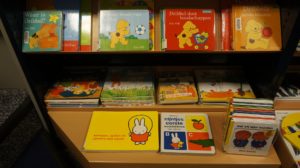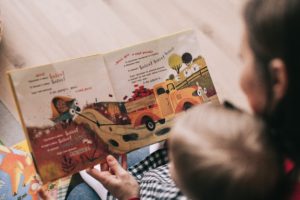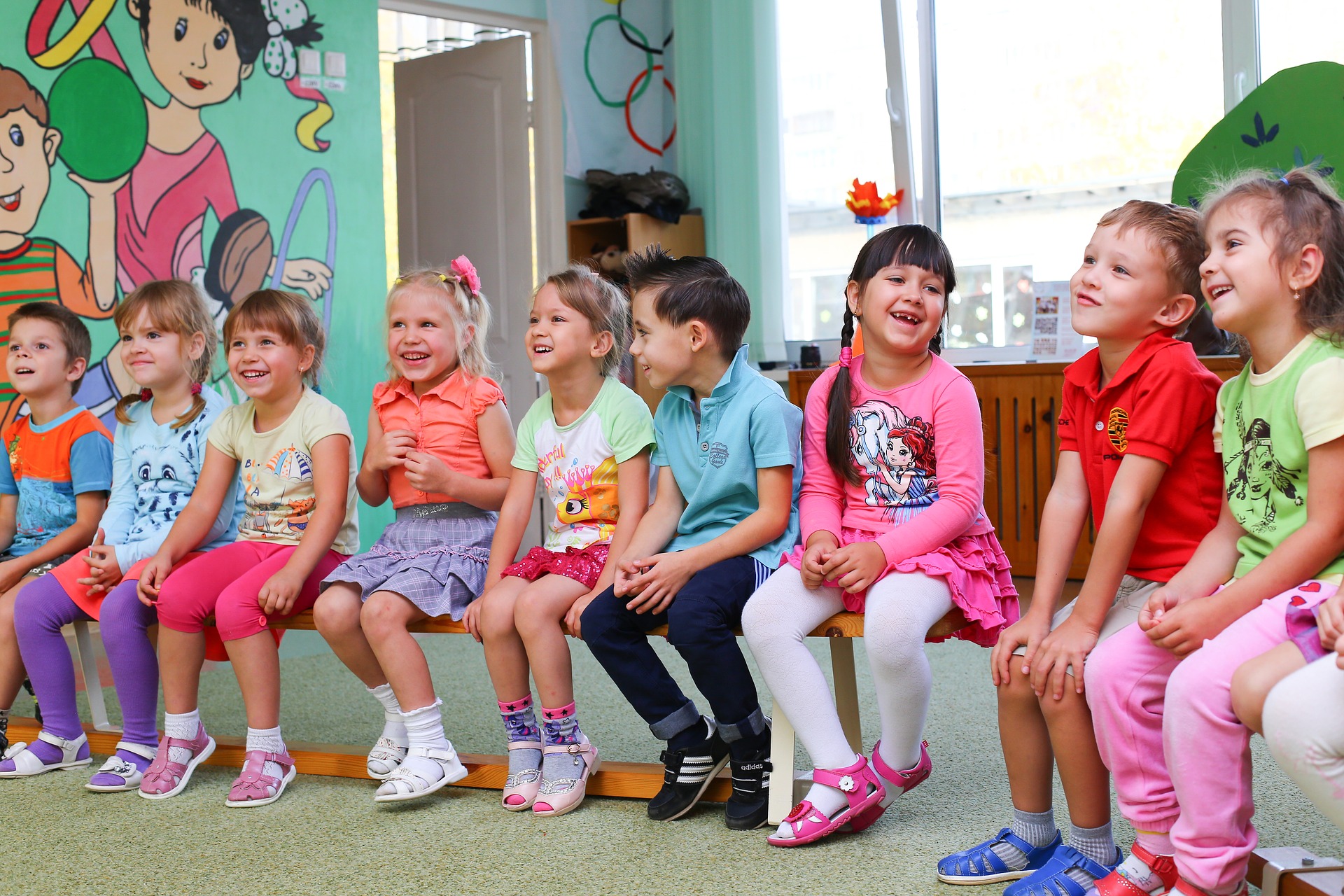 Teaching little ones to read involves mostly words and sounds.
Teaching little ones to read involves mostly words and sounds.
At an early age, children should be taught the differences in sounds in oral language in order for them to achieve understanding.
In addition, they also need to be taught the alphabet, the relationship between alphabet and sound, and various concepts of print.
These will form the foundation on which children develop reading comprehension skills.
Children tend to soak up everything they have been taught at the kindergarten level.
If you teach them to read in two languages simultaneously, they will simply soak it all in.
If you choose to teach them to read only English, they will learn to do just that.
The important factor that will help kids at kindergarten level learn to read is by teaching them with proper instruction.
Excellent kindergarten instruction will include the following strategies:
- Knowledge of the alphabet
- Vocabulary development
- Phonemic awareness
- Letter-sound correlation
- Listening comprehension
- Decoding
- Concepts of print
- Comprehension skills
Vocabulary development
 Teaching children in kindergarten some pre-selected vocabulary words is important before any reading activity.
Teaching children in kindergarten some pre-selected vocabulary words is important before any reading activity.
It gives them the opportunity to identify the word, give it some context, and memorize it.
You can get this done by playing around with words and engaging in activities such as:
- Showing real objects
- Role-playing or pantomiming
- Doing quick drawings on the board
- Using gestures
- Pointing to pictures
Phonemic awareness
 Phonemic awareness refers to the ability to understand that words comprise of smaller units of sound.
Phonemic awareness refers to the ability to understand that words comprise of smaller units of sound.
It helps children to understand how the English alphabet work.
Phonetics awareness can be taught through several activities such as:
- Clapping exercise to identify syllables in words
- Learning poetry and songs that rhyme and have similar sounds
- Matching objects with whose names begin with similar sounds e.g. dog and desk.
Vocabulary knowledge
 Students can go in to learn the names of the letters after they have learned the sounds.
Students can go in to learn the names of the letters after they have learned the sounds.
It is usually easier to learn sounds before learning each letter.
The alphabet can be taught through songs, outlining each letter with somebody movement For example; “B is for bird.” (You can stretch out your arms and flap them like birds)
Concepts of print
 You can teach kids the concept of print with the use of big books.
You can teach kids the concept of print with the use of big books.
They are excellent for showing kids how they work.
When you are done reading a book with a little kid, you can point of out some of the concepts of print in the following ways:
Show them the title, author, front and back covers
The direction of the print (from left to right)
Show them what words are and what the space between them if for
The difference between exclamation marks, question mark, and period
Listening comprehension
 Reading aloud always help, especially when you are teaching them vocabulary.
Reading aloud always help, especially when you are teaching them vocabulary.
Introduce the characters and elements of the story to them; explain the topics, words, or concepts that they may not be familiar with; show them how to correct themselves when reading; use picture cards and have the kids retell the story in a dramatic way.
Decoding and comprehension
Kids in kindergarten benefit immensely when they are taught how to read through decodable books.
Such simple books allow them to read interesting stories even though they may not be familiar with only a few letter sounds.
These books sometimes come with sight words that they can memorize such as “happy” or “was” building on previously learned letters, sounds, and words.


